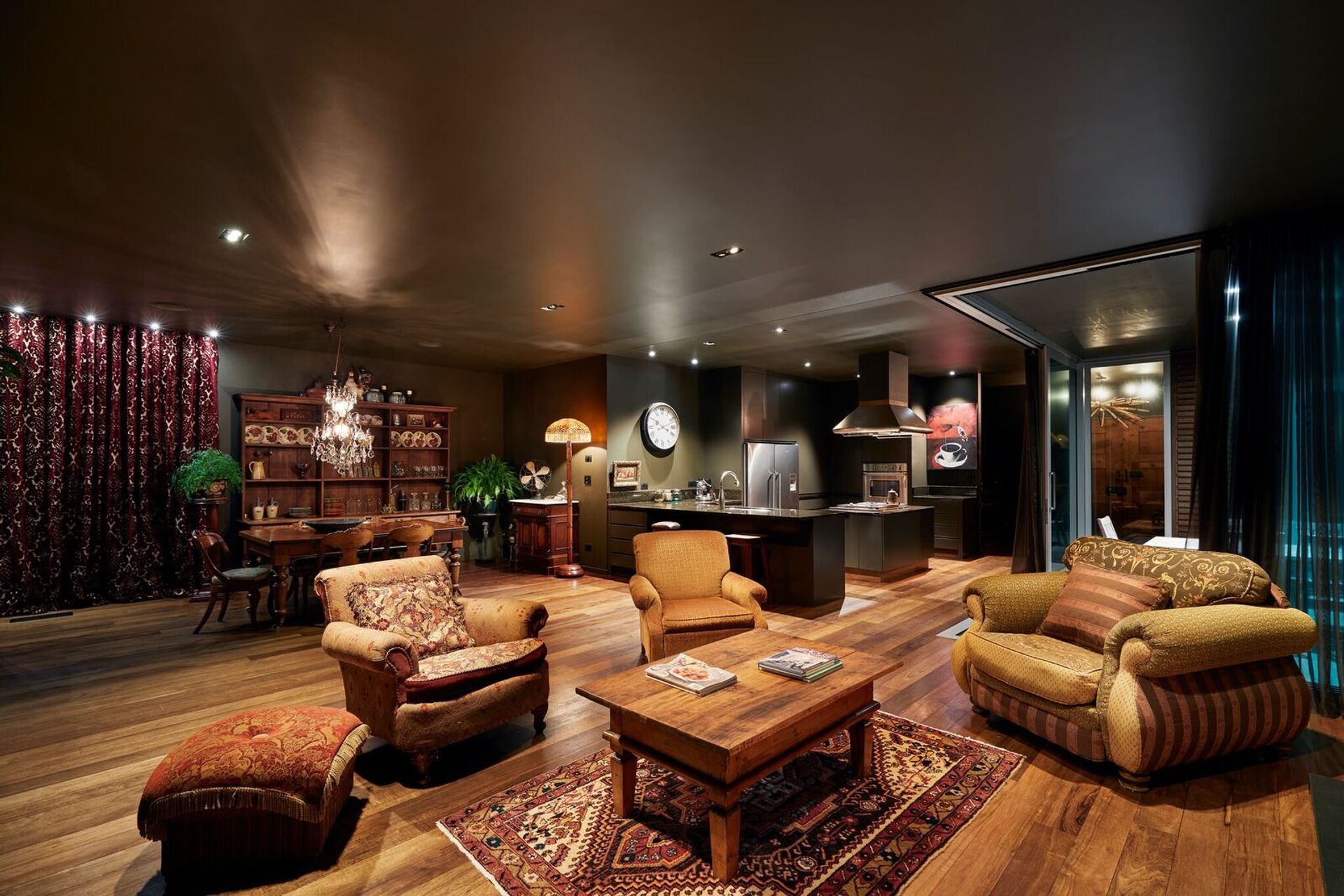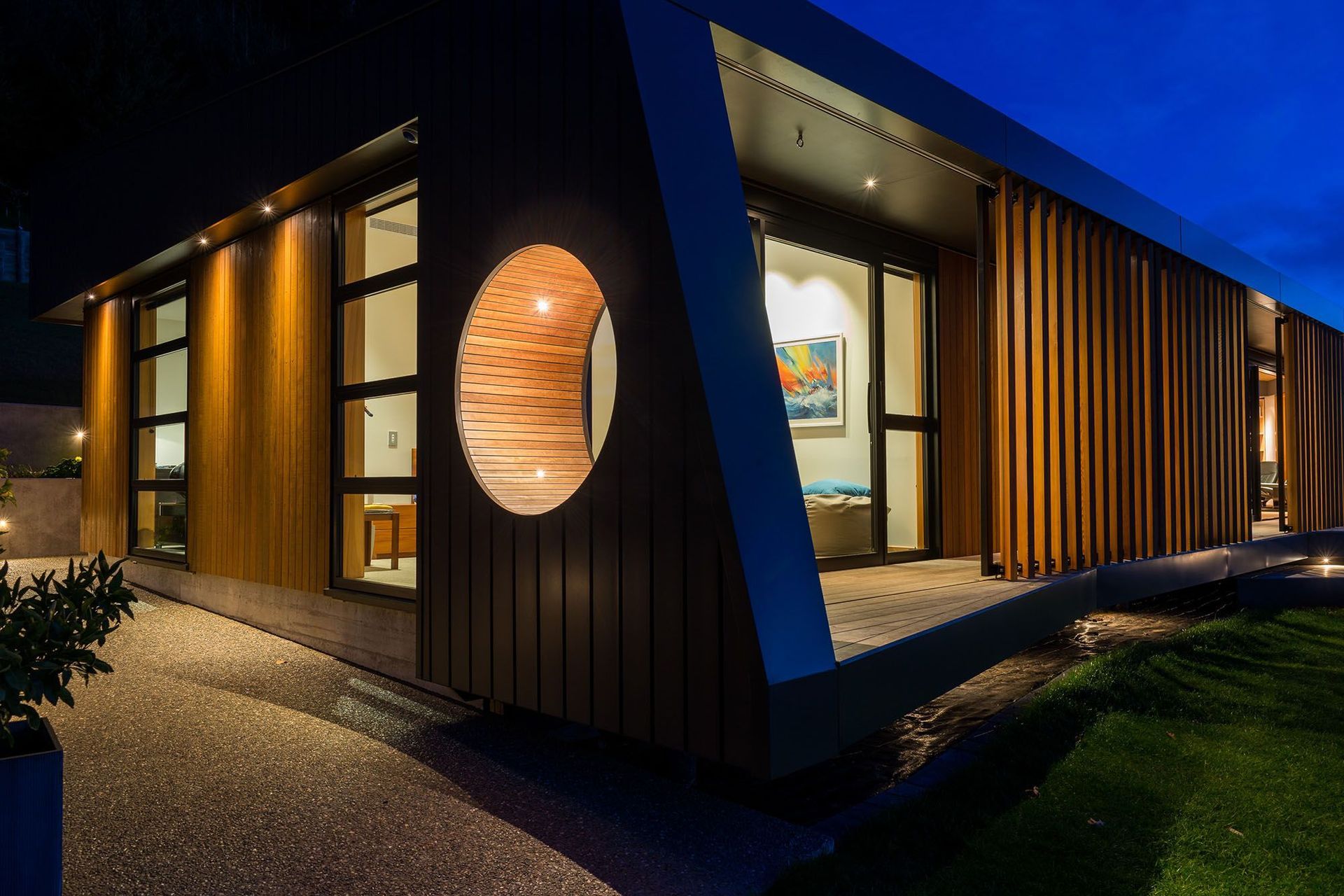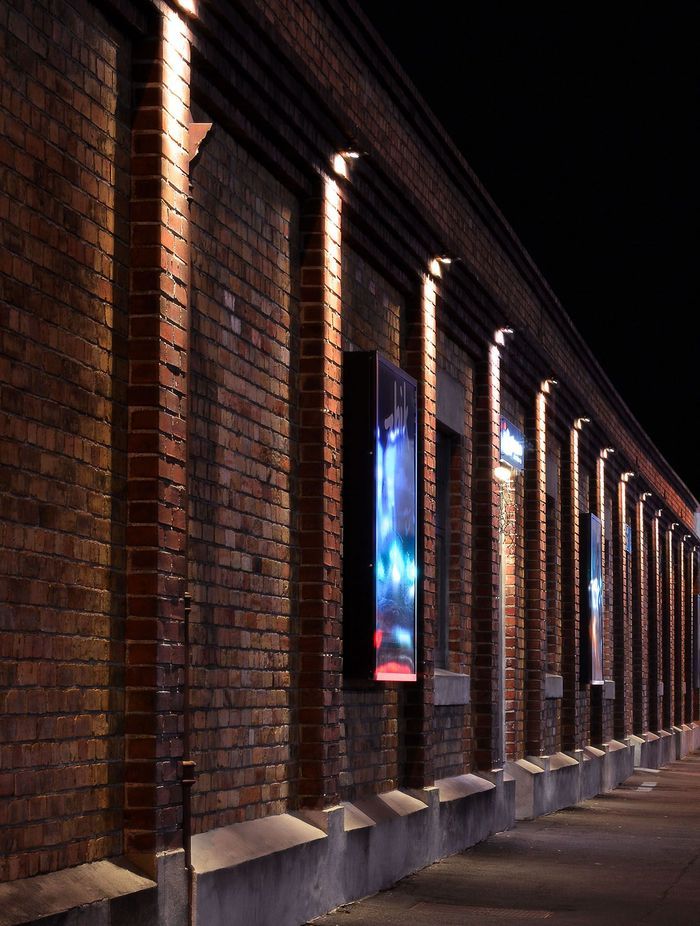The lighting innovation that will help you sleep
Written by
27 September 2018
•
5 min read

How blue light affects the brain
Everyone has photoreceptors in their eyes that receive light and tell the brain how to make the image we see. We also have receptors in our eyes that specifically receive blue light. In the day, blue light (essentially light recognised as daylight) comes in, wakes us up and encourages us to get moving. So what happens when blue light is still on in the evening – by way of artificial lighting – at a time when our brain should be receiving less blue light and sending messages to our body to wind down for sleep?
“What happens, is the blue light signals your brain to suppress the production of melatonin – that melatonin is needed to help you sleep, essentially,” says Bryce.
By using LEDs that have cooler colour temperatures in the evening, you’re effectively stimulating your brain to stay awake (colour temperatures over 4000 Kelvin (K) are called cool colours and emit more blue light). By using warmer colour temperatures, it signals your brain to produce melotinin that helps you sleep (colour temperatures 2700–3000K are called warm colours and have a more yellow/orange glow).
“There is some suggestion that because TVs and cell phones use LED light – that all LED light is bad for your circadian rhythm. But that’s not true at all. It’s about using the appropriate colour temperatures at the right time of day.”
Conversely, this means you can use lighting to enhance your body’s natural circadian rhythms says Bryce.
“From a design perspective in the bedrooms and the living room you should use warmer colour temperatures – like 2700K – rather than 4000K. Studies have also shown that warm colour temperatures with low-light intensity may actually enhance melatonin levels. Because intense lighting can also alter your circadian rhythms, if dimmers are used on these lights, your circadian rhythms are much less likely to be affected.”
Who does it affect the most?
While studies on melatonin suppression’s impact on adults’ sleep are not conclusive, melatonin suppression is observed more strongly in the elderly and in young children.
“So for aged care facilities and childcare centres, or children’s bedrooms, it’s important to consider potential effects and I would recommend installing warmer coloured, low glare LED lights,” says Bryce. “By having light dimmed in the evening children have been observed to sleep better, and in older people, it’s very similar as well.”
Are all LEDs equal?
LED lighting is not all equal and choosing appropriate lighting for each situation is essential. Lower quality (low CRI) LEDs typically have higher levels of blue light even in warmer colour temperature LEDs. So if you choose Pure Colour High CRI LEDs you will minimise potential effects on natural circadian rhythms.
Most LED lighting retains a single colour temperature even when dimmed. For example a 3000K LED, when dimmed remains at 3000K because it’s an electronic light. Conversely, an incandescent lightbulb’s light output comes from a wire that is heated, so the more electricity you put through it, the more it emits a colour temperature with increasing blue light. The opposite happens when you dim it down. The lower temperature will mean the wire emits a warmer, yellow/orange colour temperature.
But this doesn’t mean you can’t lower colour temperatures with LEDs, says Bryce.
“Switch Lighting have what we call ‘sunset dimming’ [for LEDs] in other words, when you dim them, the colour gets warmer. We can control the colour temperature so it dims from 3000K down to 2200K - as you dim the light you get a warmer colour. What you end up with is lower light levels, warmer colour temperatures and less chance of interrupting your circadian rhythm.”
Bryce says when designing your lighting, it’s good to have sunset dimmers installed in the living room and the bedrooms “to imitate the light levels that happen in nature and support your natural body clock”.
The latest innovation
The awareness of blue light and its impact on circadian rhythms means innovations in this area are developing at pace and “colour tunable” lighting is the latest technology to arrive on our shores. Colour tunable lighting means you can pick your colour temperature independently, while also choosing to brighten or dim a room. But installing this system isn’t as easy as installing a sunset dimming luminaire, for example, says Bryce.
“You have to install a system that controls the colour tuning – you can’t just have a normal light switch and dimmer on the wall.”
While colour tunability is the next big thing, Bryce says it’s important to remember that simply minimising the use of blue lights in the evening is an effective way of supporting your body clock.
“Appropriate lighting is important at different times of the day/night cycle. If you are in the day time, in a work environment, 6000K is totally appropriate. There’s nothing wrong with having high colour temperatures, just not in the hours before you go to bed.”
Want to know more about supporting your circadian rhythms through lighting? Be sure to visit Switch Lighting on ArchiPro today or contact the Nelson office to learn more.


